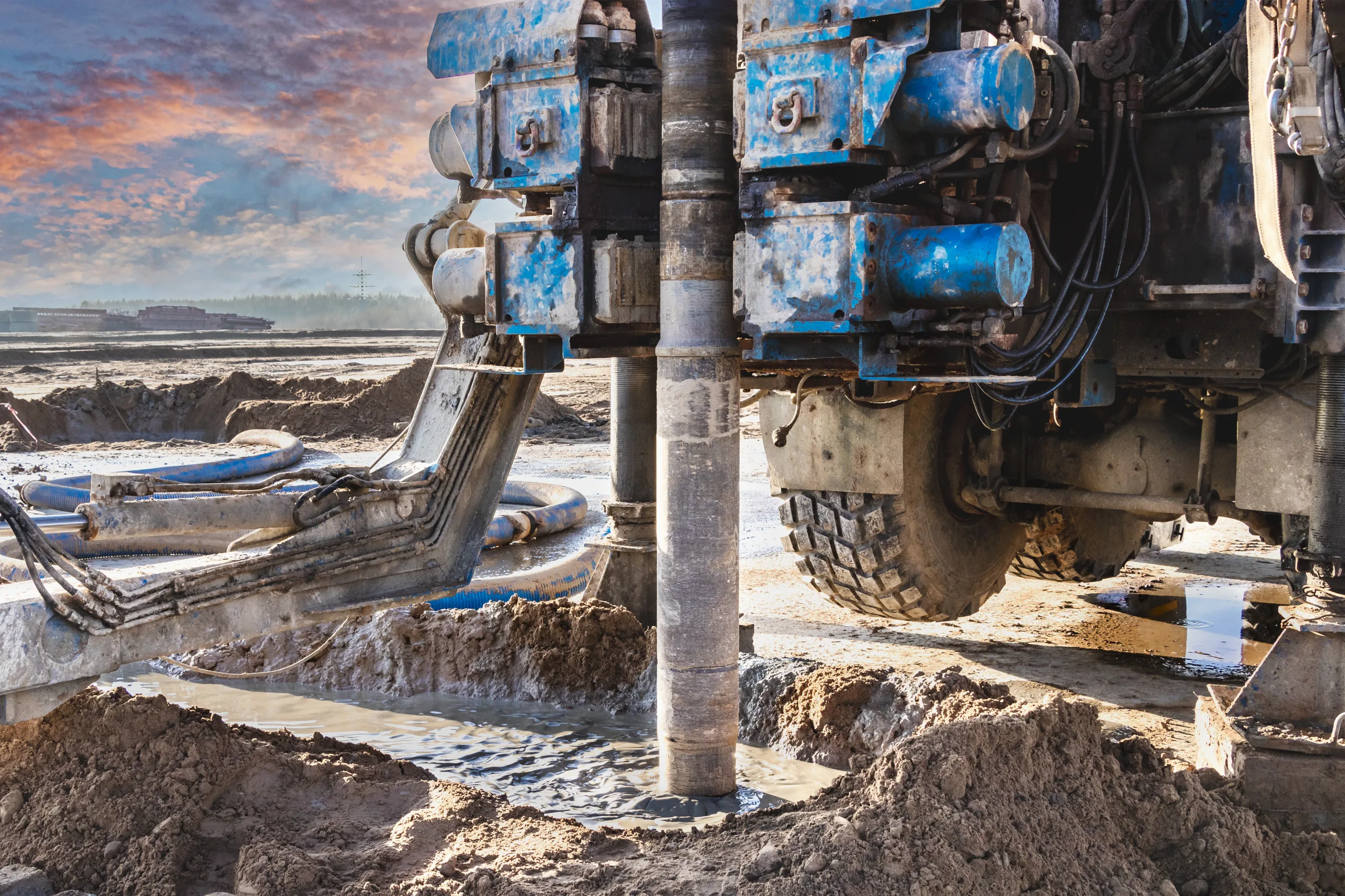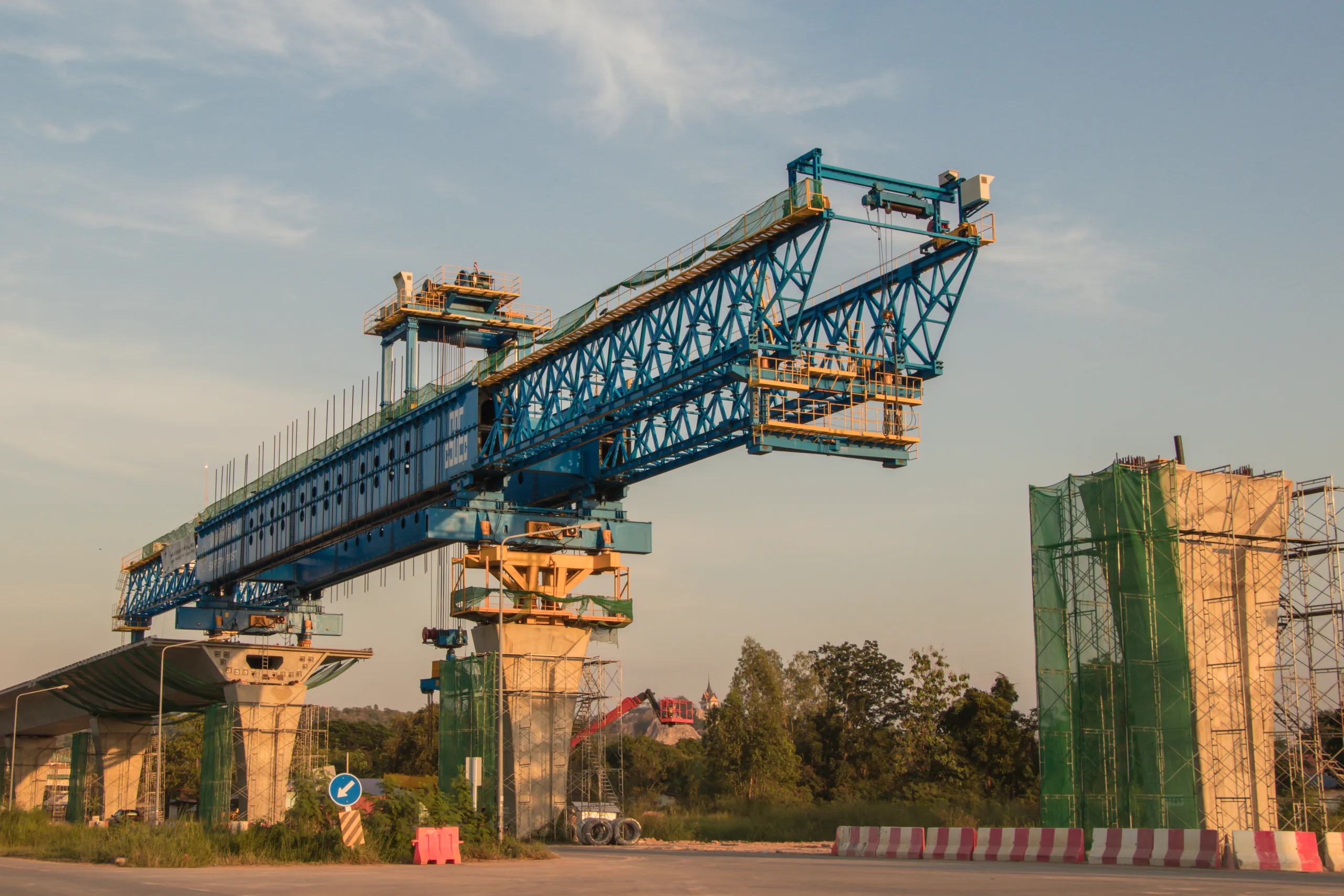
What Is Auger Cast Piling? - A Sturdy Building Solution for Your Project
In the construction industry, auger cast piling has become a familiar and vital concept. However, not everyone may have a clear understanding of it. This article will help you explore “what is auger cast piling” and why it plays a significant role in building infrastructure, bridges, roads, and various construction projects. We will delve into how auger cast piling works, its common applications, and why choosing a quality partner for piling is indispensable. If you are a construction engineer or have an interest in the construction field, continue reading to gain a better understanding of auger cast piling and its importance in the industry.

What is Auger Cast Piling?
Auger cast piling, also known as concrete auger piling, is an indispensable component in modern construction. It is a mechanical reinforcement method that utilizes concrete piles to create a robust foundation for construction projects.
Auger cast piles are typically formed by drilling a deep hole into the ground and then injecting concrete into that hole. This process results in sturdy and exceptionally strong concrete piles. Auger cast piling is used in the construction of bridges, high-rise buildings, factories, and other large industrial structures.
One of the key strengths of auger cast piling is its high load-bearing capacity. These piles can withstand the pressures from the construction structure and the overall weight of the project. This ensures the stability and safety of the construction project over an extended period.
Advantages and Drawbacks of Auger Cast Piling
Structural Advantages:
- Auger cast piling is highly regarded for its load-bearing capacity, surpassing other piling methods. A single auger cast pile can bear loads 1-2 times greater than traditional piles.
- This solution allows for flexible and larger diameter and depth piles, meeting the structural requirements of various construction projects.
- Auger cast piling excels in working with hard soil or rock layers, where conventional piles can’t reach. This opens up opportunities for complex terrain construction.
- Cost and labor optimization is another strength of auger cast piling, saving construction costs in areas with complex geological variations.
- The construction process minimizes soil disturbance, reducing the risk of heaving or settlement, with minimal impact on neighboring structures.
- Auger cast piles exhibit high lateral load resistance, ensuring foundation stability and structural load-bearing capacity.
- Since the construction of auger cast piles involves continuous concrete pouring, without the need for welding connections like traditional piles, their load-bearing capacity and durability remain stable.
Construction Advantages:
- Auger cast piling maximizes material utilization, significantly reducing the number of piles required for the foundation. This leads to a 20-30% reduction in construction costs for the foundation.
- Auger cast piling can be implemented in densely populated areas and challenging terrains, such as closely spaced construction sites, homes in narrow alleyways, or constrained landscapes.
- With the support of modern machinery, the auger cast piling process ensures precise vertical alignment, superior to other pile driving methods.
- Working directly with continuous concrete during auger cast piling eliminates the need for precast pile pouring, saving costs and time on transportation and storage facilities.
- Minimizing noise and environmental impact during construction is another significant advantage of auger cast piling.
Drawbacks of Auger Cast Piling
While auger cast piling offers numerous outstanding advantages, there are still some drawbacks to consider:
- Design and Construction Challenges: To fully harness the benefits of auger cast piling, thorough site surveys and precise construction schedules are crucial. Incorrect implementation can lead to issues such as local pile constriction or narrowing, changes in the pile cross-section, or concrete washout.
- Weather-Related Stability: The piling and construction process is weather-dependent, especially during stormy seasons. Construction sites are typically outdoors, and in adverse weather conditions, there’s a risk of flooding or weather-related disruptions. This can result in additional costs, time consumption, and resource allocation for pile testing.

Common Types of Auger Cast Piles
There are several common types of auger cast piles available today, each suitable for specific construction project requirements:
- Standard Auger Cast Piles: These are the most commonly used piles, constructed using the reverse-circulation or auger-drilling method. Standard auger cast piles have a consistent diameter and are suitable for a wide range of construction projects.
- Belled Base Auger Cast Piles: This type has a larger diameter at the base compared to the pile’s shaft, enhancing load-bearing capacity by 5-10% compared to standard auger cast piles.
- Barrette Piles: Barrette piles come in various cross-sectional shapes, such as rectangular, cross-shaped, H, and I. They use auger drilling to create holes, significantly increasing load-bearing capacity by up to 30% through load-carrying improvements.
- Auger Cast Piles with Slurry Flushing and Reinforced Cementitious Grouting: This is the most modern form of auger cast piling, utilizing a process involving slurry flushing and grouting with reinforced cementitious material at the pile base. These piles can greatly increase load-bearing capacity, ranging from 200% to 300%, and make the most of the concrete pile’s strength. This type of auger cast piling is the top choice for projects that demand high stability and safety.
Applications of Auger Cast Piling
Auger cast piling finds numerous vital and wide-ranging applications in the construction industry. Below are some examples of the common applications of auger cast piling:
- Urban Infrastructure: Auger cast piling is often used to stabilize bridges, tunnels, and urban infrastructure projects. This enhances the stability and prolongs the lifespan of these structures.
- High-Rise Building Construction: In high-rise buildings, auger cast piling is responsible for creating load-bearing foundations for the entire structure. This ensures safety and stability in diverse environmental conditions.
- Marine and Port Projects: Auger cast piling is employed in constructing docks, oil drilling platforms, and other marine structures, securing these constructions in harsh marine environments.
- Industrial Facilities: Within factories and industrial facilities, auger cast piling is used to secure heavy equipment, machinery, and liquid storage systems. This ensures safety and stability during operations.
- Underground and Tunneling Projects: Auger cast piling plays a crucial role in building underground structures and tunnels, maintaining the integrity of transportation and drainage systems.
Construction Technologies for Auger Cast Piling
Various methods and technologies are available for the construction of auger cast piling, depending on the construction budget, specific technical requirements of the project, and soil complexity. Here are some common technologies used in auger cast piling:
- Auger Cast Piling with Casing: This technology uses casing to support or encase a portion or the entire depth of the pile, ensuring pile integrity and increasing stability.
- Slurry Wall Auger Cast Piling: Liquids such as Bentonite or Polymer are used to maintain the wall of the piling hole during construction, ensuring the vertical alignment of the pile and preventing water intrusion.
- Auger Cast Piling with Auger Drilling: This technology utilizes auger drilling to excavate and cut through soil or rock, and then the pile is placed in the created hole. This is an effective method for hard ground conditions.
- Auger Cast Piling with Bottom Blow-Out and Grout: This technology combines blow-out and grout injection at the pile base to enhance load-bearing capacity. It is a way to improve the performance of auger cast piling.
- Circular and Barrette Auger Cast Piling: Auger cast piles can have various shapes, including circular and barrette, depending on the specific project requirements.
- Reverse-Circulation Drilling: This technology involves using water or drilling fluid pressure to remove soil and rock during piling, especially in hard ground conditions.
Construction Standards for Auger Cast Piling
The execution of auger cast piling requires strict adherence to specific technical standards and regulations to ensure safety, durability, and the efficiency of the construction process. Below are some crucial standards applied to the construction of auger cast piling:
- TCVN 5308:1991 – Construction Safety Technical Regulations: This standard ensures that the auger cast piling process is carried out in a safe environment for both workers and the construction project.
- TCVN 9393:2012 – Piles – Static Axial Load Testing: This standard outlines the procedure for static axial load testing to examine the mechanical properties of piles after construction. This ensures that the piles meet the load-bearing requirements and stability.
- TCVN 9396:2012 – Auger Cast Piles – Ultrasonic Testing for Concrete Uniformity: This standard specifies the use of ultrasonic testing to verify the uniformity of concrete within the piles. This enhances accuracy and ensures pile stability.
- TCVN 9397:2012 – Piles – Small Strain Dynamic Testing: This standard employs small strain dynamic testing to inspect pile defects after construction. This helps in identifying and rectifying issues that may arise during the auger cast piling process.

